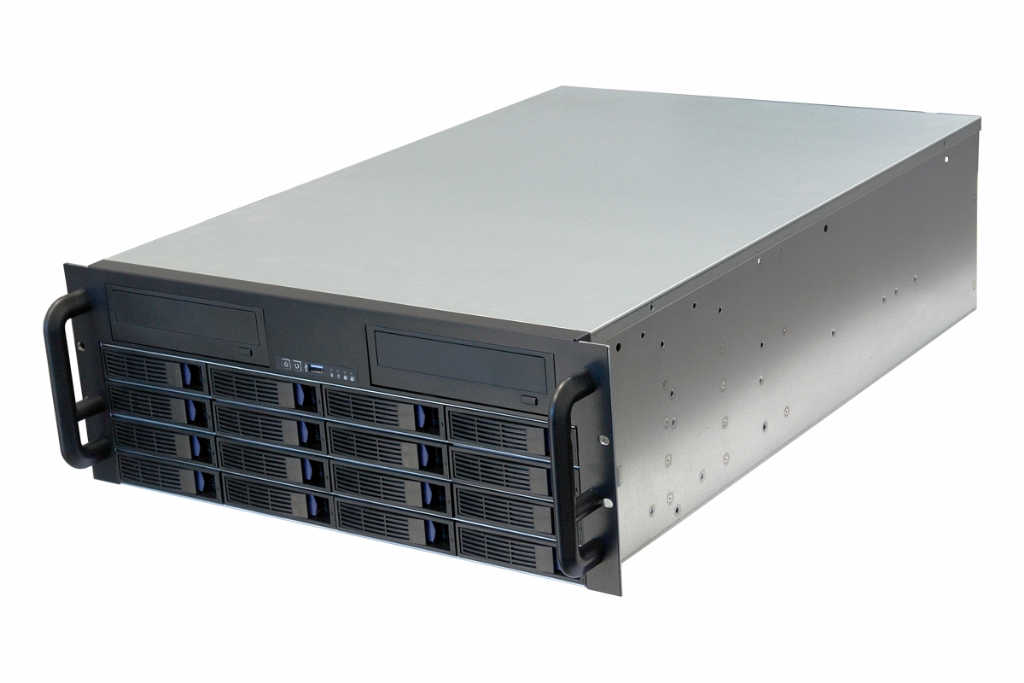mrjames
Dabbler
- Joined
- Feb 27, 2023
- Messages
- 11
Hi all,
I've been following this forum and been reading advices and posts on the last couple of months on multiple topics, from hardware recommendations, to ZFS, vdevs, controllers, SLOG, L2ARC, etc.
Our current use case is mostly data archiving but also exploring new technologies, kubernetes, openshift, VMs (Windows and Linux) which from doing some testing bhyve will be more than sufficient to handle it.
The new build target is a small business / home office scenario up to 10 users max. And so file share, file sync will be the premium user (SAMBA/NFS/AFP) with some virtualization running for research and development.
Below is our bill of materials which I would like to get your feedback.
I also have a list of questions/doubts that would like to get feedback from the community.
Thank you for your time and inputs.
Regards,
MrJames.
I've been following this forum and been reading advices and posts on the last couple of months on multiple topics, from hardware recommendations, to ZFS, vdevs, controllers, SLOG, L2ARC, etc.
Our current use case is mostly data archiving but also exploring new technologies, kubernetes, openshift, VMs (Windows and Linux) which from doing some testing bhyve will be more than sufficient to handle it.
The new build target is a small business / home office scenario up to 10 users max. And so file share, file sync will be the premium user (SAMBA/NFS/AFP) with some virtualization running for research and development.
Below is our bill of materials which I would like to get your feedback.
| Asset type | Description | Quantity | Reasoning |
| case | SilverStone RM43-320-RS Rackmount Storage, 4HE | 1 | go big for future upgrades |
| mb | supermicro X13SAE-F | 1 | |
| cpu | Intel Core i9-13900T, 8C+16c/32T, 1.10-5.30GHz, tray (32 threads) | 1 | |
| ram | Kingston Server Premier DIMM 32GB, DDR5-4800, CL40-39-39, ECC, on-die ECC | 4 | |
| cpu fan | Noctua NH-D12L | 1 | |
| psu | Seasonic Prime TX-1000 1000W ATX 2.4 | 1 | |
| boot ssd | Solidigm SSD D3-S4520 240GB, 2.5", SATA | 2 | |
| slow storage | Western Digital WD Gold 2TB - (~7 TiB practical storage capacity using RAID-Z2) | 6 | current data storage is using 1 TiB |
| fast storage | Solidigm SSD D3-S4520 1.92TB, 2.5", SATA (mirrored vdev) | 3 | current virtualization storage is using 500 GiB |
| controller | Broadcom SAS 9300-8i, PCIe 3.0 x8 | 1 | |
| optane | Intel Optane SSD 900P 280GB, PCIe 3.0 x4 | 2 | optional, this is no longer showing as available on geizhals.eu |
I also have a list of questions/doubts that would like to get feedback from the community.
- for the chassis we selected SilverStone, what is the feedback on this and other brands? InterTech and Fantec? Best quality?
- for MB/CPU/RAM we are planning to use the latest Intel CPU i9 with ECC support and with a total of 32 threads, however this is a Desktop CPU. What other options exist supporting ECC and been energy effective?
- for magnetic storage we have used in the past WD Gold Enterprise Class and would like to continue using it for the critical data archive
- for VMs and technology research the proposed option is Solidigm since it is enterprise class (includes PLP and high TBW)
- on the NIC's and SLOG topic: since most of the traffic is file sharing with some generated by the VMs is there any point of having a SLOG/Intel Optane SSD? Knowing also that the NIC available on the MB is limited to 2.5GbE and at the moment our switches are 1GbE
- for L2ARC and on the use cases we have enumerated, what I understood is that there is probably no gain at all
- last but not least, for such a system and demand will it make sense to get a quote from iXsystems or this will always come down to a TrueNAS Mini which accordingly with the website is limited to 32GB RAM? (Also I won't have half the fun of building it)
Thank you for your time and inputs.
Regards,
MrJames.

